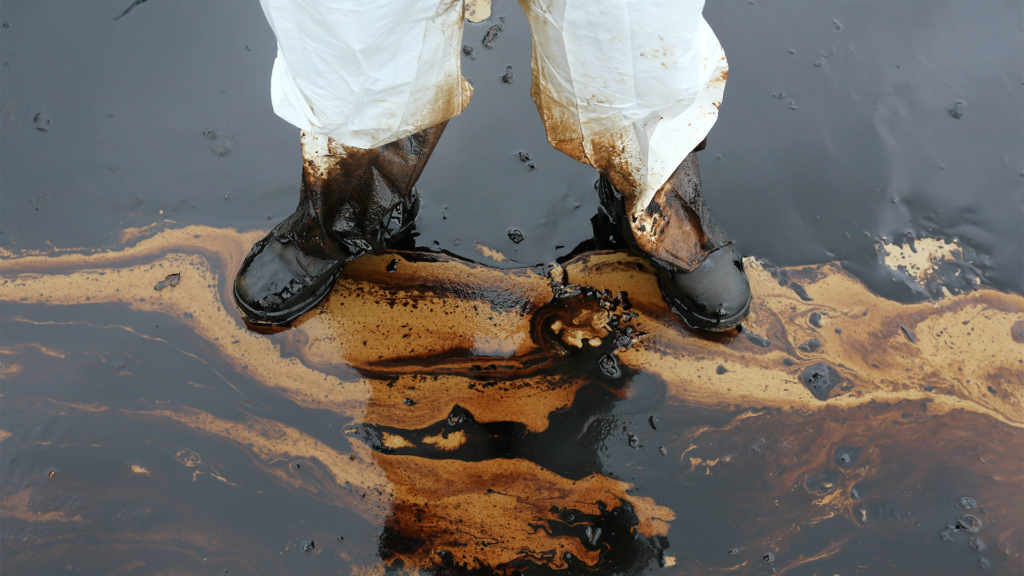Oil spills in water bodies pose a significant threat to the environment, aquatic ecosystems, and human health. Swift and effective cleanup methods are crucial to mitigating the impact of these disasters. In recent years, the use of textile products has emerged as an innovative and environmentally friendly solution for oil spill cleanup. This article explores how various textile products are employed in cleaning up oil spills, highlighting their effectiveness, sustainability, and potential for widespread adoption.
Absorbent Textiles
One of the primary applications of textile products in oil spill cleanup is using absorbent materials. Specially designed textiles, such as oil-absorbing pads, booms, and socks, are deployed to absorb and contain spilled oil. These textiles are made from hydrophobic materials that repel water while efficiently absorbing oil.
The advantage of using absorbent textiles lies in their high absorption capacity, quick response time, and ease of deployment. These materials can be strategically placed in affected areas, allowing for targeted cleanup efforts without causing further harm to the environment.
Sorbent Fabrics
In addition to traditional absorbent materials, sorbent fabrics have gained prominence in oil spill cleanup efforts. These fabrics are engineered with advanced technologies that enhance their oil-absorbing capabilities. Some fabrics utilize nanotechnology or surface modification techniques to increase their affinity for oil while repelling water.
Sorbent fabrics are not only effective in removing oil from the water’s surface but also offer the advantage of recyclability. Many of these textiles can be cleaned and reused, minimizing the environmental impact associated with disposal.
Biodegradable Textiles
An essential consideration in oil spill cleanup is the environmental impact of the cleanup materials themselves. In response to this concern, researchers and manufacturers have developed biodegradable textiles that break down naturally over time. These textiles offer an eco-friendly alternative to traditional cleanup materials, reducing the long-term ecological footprint associated with oil spill response efforts.
Conclusion
The use of textile products in oil spill clean up represents a promising frontier in environmental remediation. These innovative solutions offer a range of benefits, including high absorbency, recyclability, and minimal environmental impact. As technology continues to advance, it is likely that new and improved textile-based approaches will be developed, further enhancing our ability to respond effectively to oil spills and protect our precious water ecosystems. Adopting these sustainable solutions not only aids in the restoration of affected areas but also contributes to the development of a cleaner and more resilient environment for future generations.


